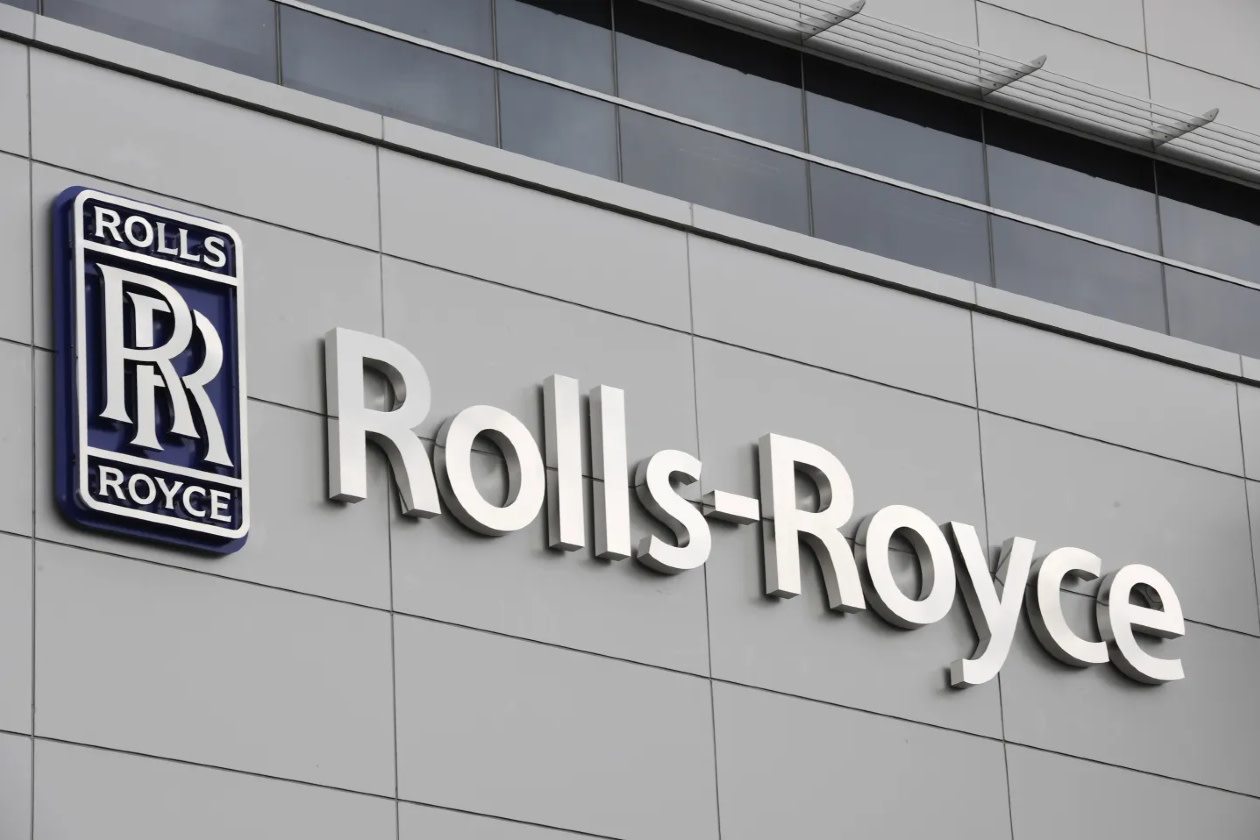Rolls-Royce’s underlying revenue rose by 11% to £9.1bn over the first half. This reflects by double-digit growth in both Civil Aerospace and Power Systems, while Defence revenues remained broadly flat.
Underlying operating profit jumped 50% higher to £1.7bn, 41% ahead of market expectations. The beat was driven by much-improved profitability in Civil Aerospace due to a strong aftermarket performance, and strong demand for data centre power generation.
Free cash flow rose from £1.2bn to £1.6bn. The net cash position improved from £0.5bn to £1.1bn.
Full-year guidance has been upgraded. Rolls now expects to deliver underlying operating profits of £3.1-3.2bn and free cash flow of £3.0-3.1bn (previously: £2.7-2.9bn for each).
An interim dividend of 4.5p per share was announced and £0.4bn of the ongoing £1.0bn share buyback programme has been completed.
The shares rose 10.8% in early trading.
Our view
Rolls-Royce delivered another set of high-flying results, with much-improved margins in Civil Aerospace helping profits to soar well above expectations. This led to Rolls upgrading its full-year targets, and markets reacted positively on the day.
Rolls-Royce produces aeroplane engines for larger, long-haul planes. A huge amount of its revenue comes from servicing those engines, with business based on how many hours those engines spend in the air.
So-called engine flying hours (EFH) are now cruising at 109% of 2019 levels. That figure’s set to soar somewhere between 110-115% of 2019 levels by the end of the year as more of its engines take to the sky and demand for long-haul travel remains strong.
We’ve also been impressed with the stark changes made elsewhere in the business. CEO, Tufan Erginbilgic, is a no-nonsense leader. He’s delivering on his promise to transform Rolls into a leaner, more focused company, and it’s reaping plenty of rewards.
From an operational standpoint, layoffs, contract renegotiations, process changes, and increased use of data to drive efficiencies have put Rolls on a much healthier platform. As a result, margins continue to move much higher, helping to convert the increased flying hours and revenue into profits.
Rolls also has exposure to the defence sector, making up around 25% of group revenue. Given the current elevated-threat environment, defence budgets across many countries are on the rise. With positions in combat aircraft and nuclear submarines, Rolls-Royce looks well-placed to capture some of the increased spending.
Despite the positives, some of its newer engines have required much more maintenance than customers are happy with. Attempted fixes are in the pipeline, but if the group can’t iron out these issues, it could eat into future profits.
Rolls reckons it can fully offset the direct impact of tariffs on its business. But the indirect impact could see some weakness among its customers, and that’s largely outside of the group’s control.
The balance sheet looks much stronger than it has for some time, giving management the confidence to reinstate dividend payments and a £1bn share buyback programme. But as always, no shareholder returns are guaranteed.
Rolls' position in the defence and aerospace industry is enviable - high barriers to entry mean there are very few smaller competitors sniffing around. And a multi-billion-pound order book gives the group a good deal of visibility over future revenue.
High expectations for growth have earned Rolls a premium versus its peers. We think that’s well deserved and the underlying business looks healthy, but it does increase the risk if management doesn’t deliver progress on time. And of course, there are no guarantees.
The author holds shares in Rolls-Royce.
Environmental, social and governance (ESG) risk
The aerospace and defence sector is high-risk in terms of ESG. Product governance and business ethics are key risk drivers. Carbon emissions from products and services, data privacy and security and labour relations are also contributors to ESG risk.
According to Sustainalytics, Rolls Royce’s management of ESG risk is strong.
It has set up a safety, ethics & sustainability committee to oversee ESG issues and executive compensation is tied to performance on these issues. There is also a strong environmental policy, including a commitment to net zero and interim targets, and whistle-blower programme. However, ESG-related disclosure falls short of best practice.
Rolls-Royce key facts
All ratios are sourced from LSEG Datastream, based on previous day’s closing values. Please remember yields are variable and not a reliable indicator of future income. Keep in mind key figures shouldn’t be looked at on their own – it’s important to understand the big picture.
This article is not advice or a recommendation to buy, sell or hold any investment.No view is given on the present or future value or price of any investment, and investors should form their own view on any proposed investment.This article has not been prepared in accordance with legal requirements designed to promote the independence of investment research and is considered a marketing communication.Non - independent research is not subject to FCA rules prohibiting dealing ahead of research, however HL has put controls in place(including dealing restrictions, physical and information barriers) to manage potential conflicts of interest presented by such dealing.Please see our full non - independent research disclosure for more information.


